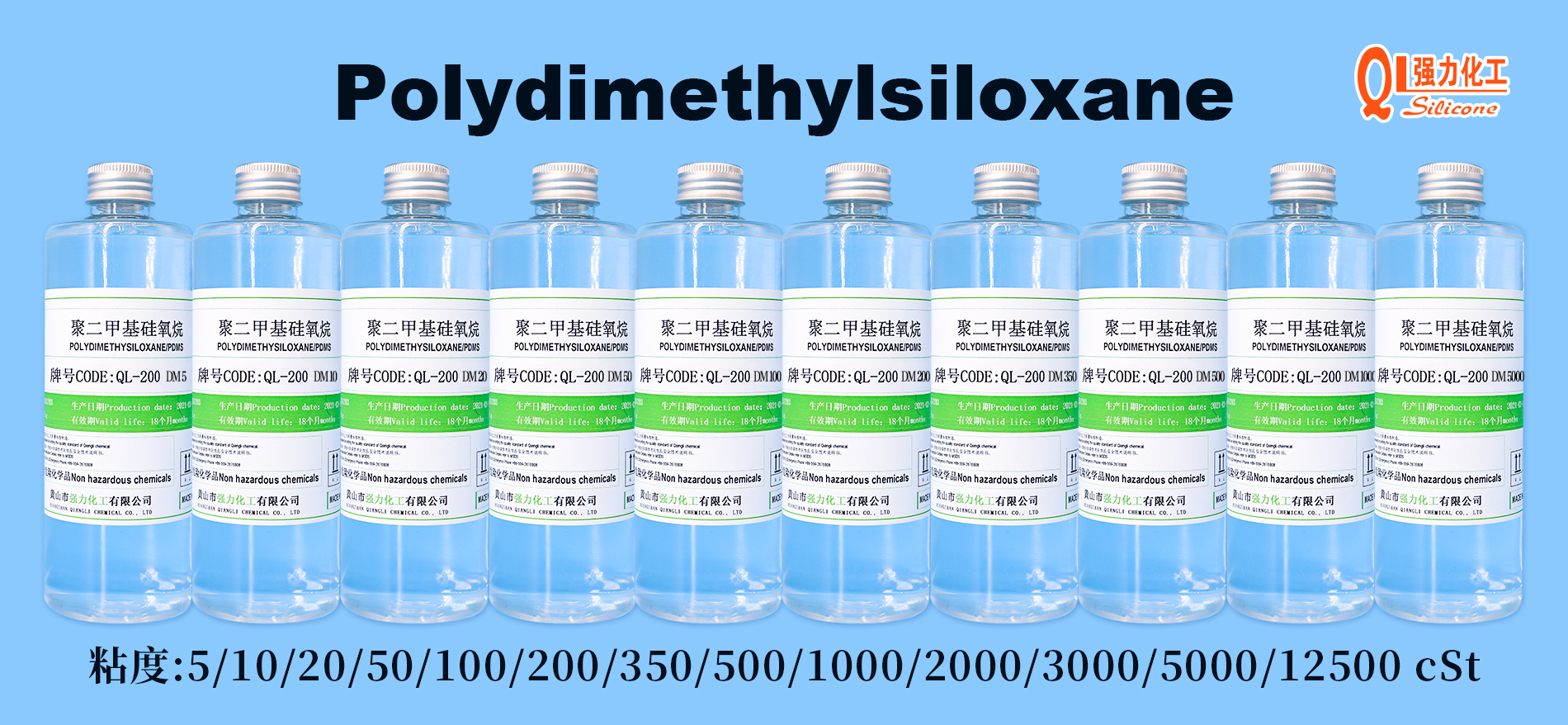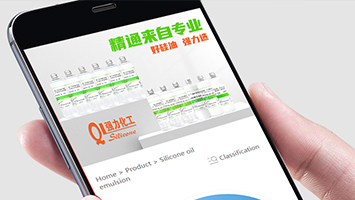1. The core logic of viscosity selection
Product form adaptation
Liquid spray type: It is recommended to use 50-100 cSt low-viscosity silicone oil. For example, 50 cSt silicone oil has a fluidity close to water, can quickly penetrate the leather pores, and work with the yellowing removal ingredients.
Cream/paste type: It is recommended to choose 350-500 cSt medium-to-high viscosity silicone oil. This type of silicone oil can provide appropriate consistency to prevent the product from running off too quickly, while forming a lasting protective film on the leather surface.
Special needs (such as long-term protection): If you need to enhance anti-fouling properties, you can try high-viscosity silicone oil above 1000 cSt, but be aware that it may affect permeability.
Balance between permeability and film formation
Low viscosity (50-100 cSt): Small molecule silicone oil can easily penetrate into the leather fiber to assist in removing deep yellowing, but the surface film formation is weak.
Medium-high viscosity (350-500 cSt): macromolecular silicone oil forms a uniform hydrophobic film on the surface to prevent secondary oxidation, but its penetration ability is limited.
Mixed use: 50 cSt (penetration) and 350 cSt (film-forming) can be compounded in a 1:1 ratio to take into account both cleaning and protection.
Industry practice reference
In the formulation of leather care agents, 350 cSt is the mainstream choice. For example, in the QL-200 series of Qiangli Chemical, 350 cSt silicone oil is often used in leather brighteners, which has both lubricity and anti-fouling properties.
50-100 cSt silicone oil is commonly used in laboratory oil baths because of its good fluidity and is suitable for fast-acting scenarios.
High-viscosity silicone oil (such as 500,000 cSt) is mostly used in industrial-grade protective coatings and is not suitable for civilian yellowing agents.
2. Key performance parameters
Viscosity (cSt) Typical application scenarios Advantages Disadvantages
50 Liquid spray / penetrating type Rapid penetration, Auxiliary decontamination Weak film-forming property, Easy to volatilize
100 General yellowing agent Balanced penetration and film-forming General long-term effectiveness
350 Cream / anti-fouling type Long-lasting protection, Enhanced gloss Slow penetration
500 High-end leather care agent High anti-fouling, Anti-scratch Need to be used with emulsifiers
1000+ Industrial protective coating Durable in extreme environments Difficult to disperse, high cost
3. Formula design suggestions (AI generated for reference only)
Basic formula example (based on 100g)
Low viscosity type (50 cSt): silicone oil 10g + hydrogen peroxide 5g + citric acid 2g + deionized water 83g
Medium viscosity type (350 cSt): silicone oil 15g + sodium percarbonate 8g + surfactant 3g + ethanol 10g + deionized water 64g
Compatibility test
Avoid direct mixing with strong acids (such as sulfuric acid) or strong bases (such as sodium hydroxide), which may cause silicone oil degradation.
If the formula contains bleach (such as hydrogen peroxide), it is recommended to choose 350 cSt silicone oil because it has higher stability.
Sensory optimization
Low viscosity silicone oil (50 cSt) may produce a slightly greasy feeling, and 0.5% cyclopentasiloxane can be added to adjust the skin feel.
High viscosity silicone oil (350 cSt) may affect the uniformity of spraying. It is recommended to use non-ionic emulsifiers (such as isomeric C13 alcohol ethers) to improve dispersibility.
IV. Procurement considerations
Require suppliers to provide kinematic viscosity (25°C) test reports to ensure compliance with nominal values.
Prioritize food grade/cosmetic grade silicone oil to avoid impurities in industrial grade products affecting leather quality.
V. Experimental verification steps
Small test
Prepare yellowing removers with different viscosities of silicone oil, and test the penetration rate, drying time and yellowing improvement effect on cow leather scraps.
Observe pH stability: After storing the formula for 7 days, use pH test paper to detect whether there is any change in acidity and alkalinity.
Pilot optimization
Before mass production, test centrifugal stability: centrifuge at 3000 rpm for 30 minutes to observe whether stratification occurs.
Simulate high temperature and high humidity environment (40°C, 80% humidity) for 1 month to evaluate the shelf life of the product.
Summary
Preferred viscosity: 350 cSt (balanced penetration, film formation and stability).
Alternatives:
Fast penetration requirement: 50 cSt.
Long-term protection requirement: 500 cSt.
Note: Avoid direct mixing with strong acids and alkalis, give priority to food-grade silicone oil, and strictly perform compatibility testing.
The above methods can ensure that dimethyl silicone oil plays the best role in leather yellowing remover, while taking into account product performance and cost.




